Early Verdict
This is a low-cost gaming headset that, with a little manual intervention, might be suitable for music listening. That ratio between price and performance is more than acceptable.
Pros
- +
Low price
- +
Acceptable materials and design for price
Cons
- -
Sub-par sound, especially overemphasized bass and upper bass
- -
Thin cable
Why you can trust Tom's Hardware
Pretentious labels are very much in vogue for gaming products, and the Sound Blaster Inferno is no exception. It joins the ranks of similar products marketed first and foremost to young consumers. Creative arms the Inferno with a price tag to turn heads in its target group, too. At ~$65, you're looking at a week's worth of fast food lunches. Our task now is to determine whether the Inferno is as satisfying as a stack of burgers.
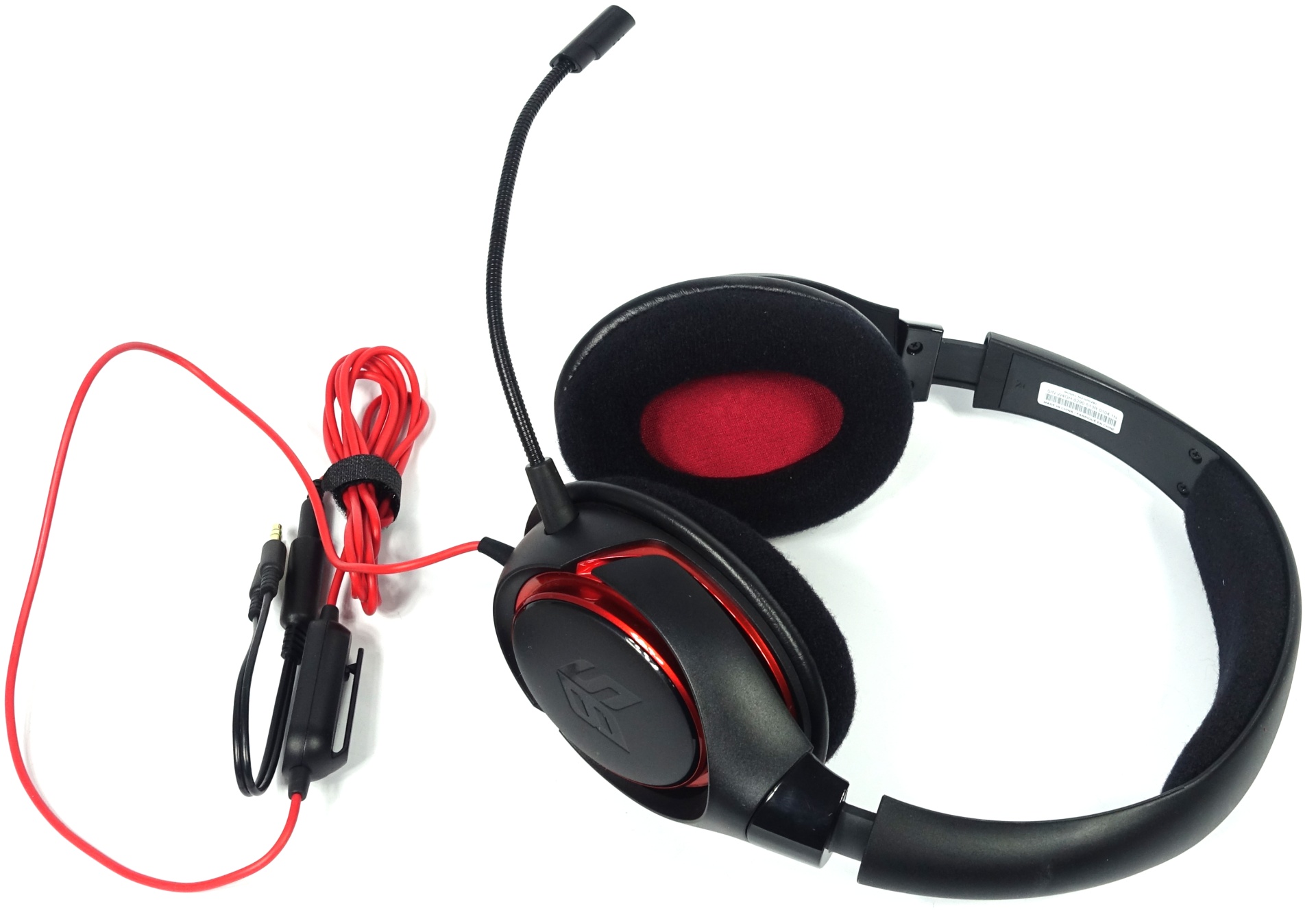
Don't expect much of an accessory bundle for such a low price. You get one Y-adapter, which combines the headphone and microphone jacks as a single connector for smartphones, and that's about it.
Specifications
The headset has been on the market for some time now. Consequently, its price has stabilized.
Look And Feel
The Inferno is pleasantly humble-looking for a gaming headset. While it uses plastic on all of its outside parts, the material feels better in-hand than you might expect. For the Inferno's price, its mix of materials and workmanship is acceptable.
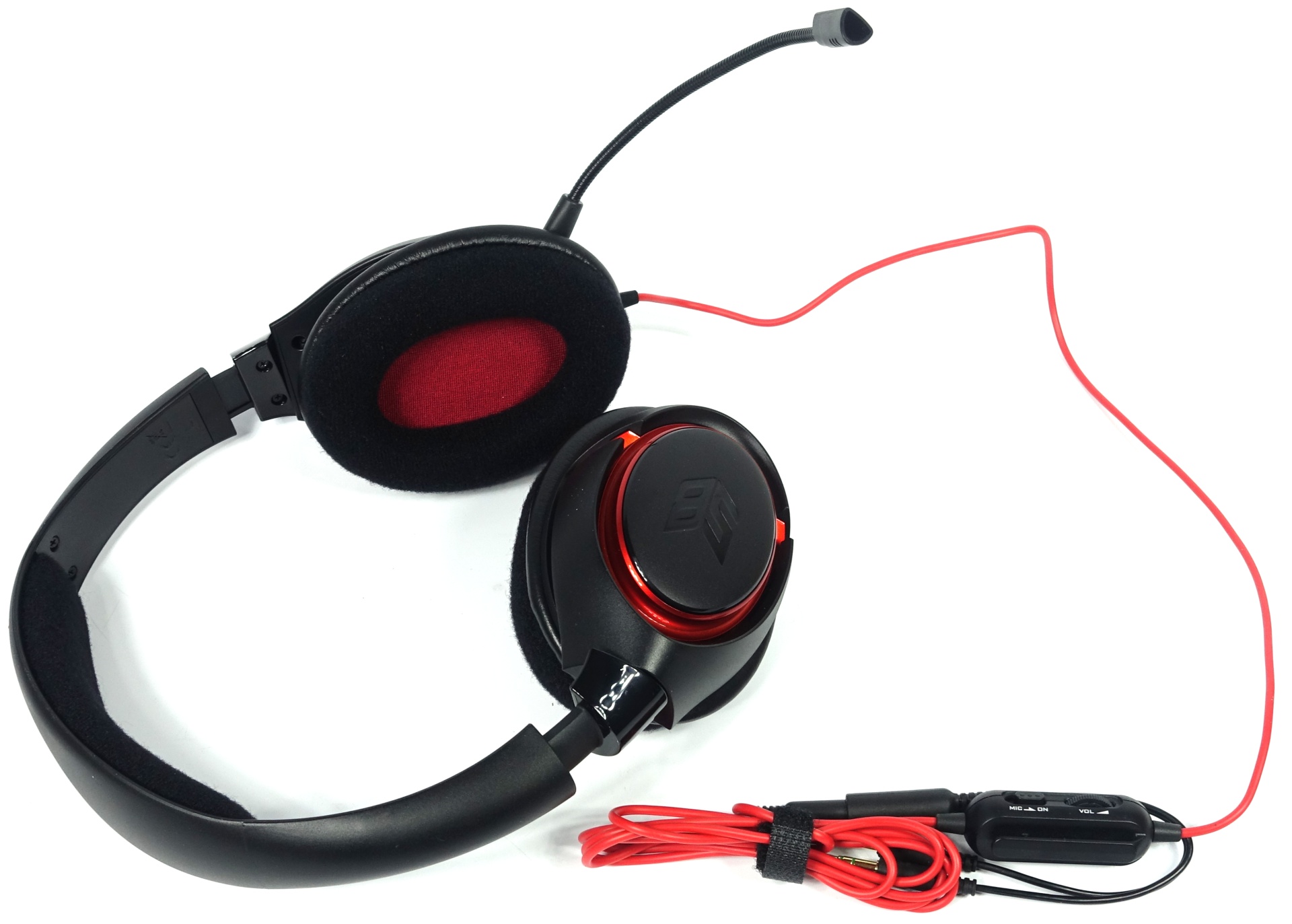
The textile covering the nice, wide ear pieces adds a pleasant color contrast, and it's definitely more functional than the sweat-inducing faux leather found on some of the competing headsets.
Comfort
At this point, opinions may differ. Everyone's idea of comfort is going to vary based on the size and shape of their head, so it's important to try these devices on before taking one home. If your head is larger than most, Creative's Sound Blaster Inferno probably won't feel great. It stays pretty tight, applying quite a bit of pressure. Folks with smaller heads will probably be more satisfied with the snug fit.
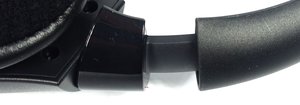
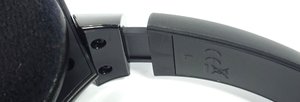
Joints allow the headset to be adjusted on both the horizontal and vertical axes. Everything else has to be compensated for by pulling the band to the appropriate size. Even though the headband is relatively long, and thus can be opened wide, the resulting pressure may still be too much for anyone wearing glasses.
This is an on-ear headset for most people, simply because the earpieces aren't large enough to cover big ears entirely. And again, their contact pressure is relatively high. Before making your buying decision, conduct a nice, long test to determine how the Inferno feels after an extended session.
On the bright side, at least you won't sweat much. Creative doesn't make it a point to try creating a seal around your ear. Moreover, padding built into the band is completely adequate to cover contact points.
Functionality And Interface
A control unit is embedded into the cable. It includes both volume adjustments and microphone switch. However, the control's positioning is not optimal, especially for anyone taller than ~1.80m with a longer neck. While the cable itself is long enough to reach a smartphone in your back pocket just as easily as a PC under a table, placing the controls too far up results in fumbling around blindly any time the knob or slider needs to be manipulated.
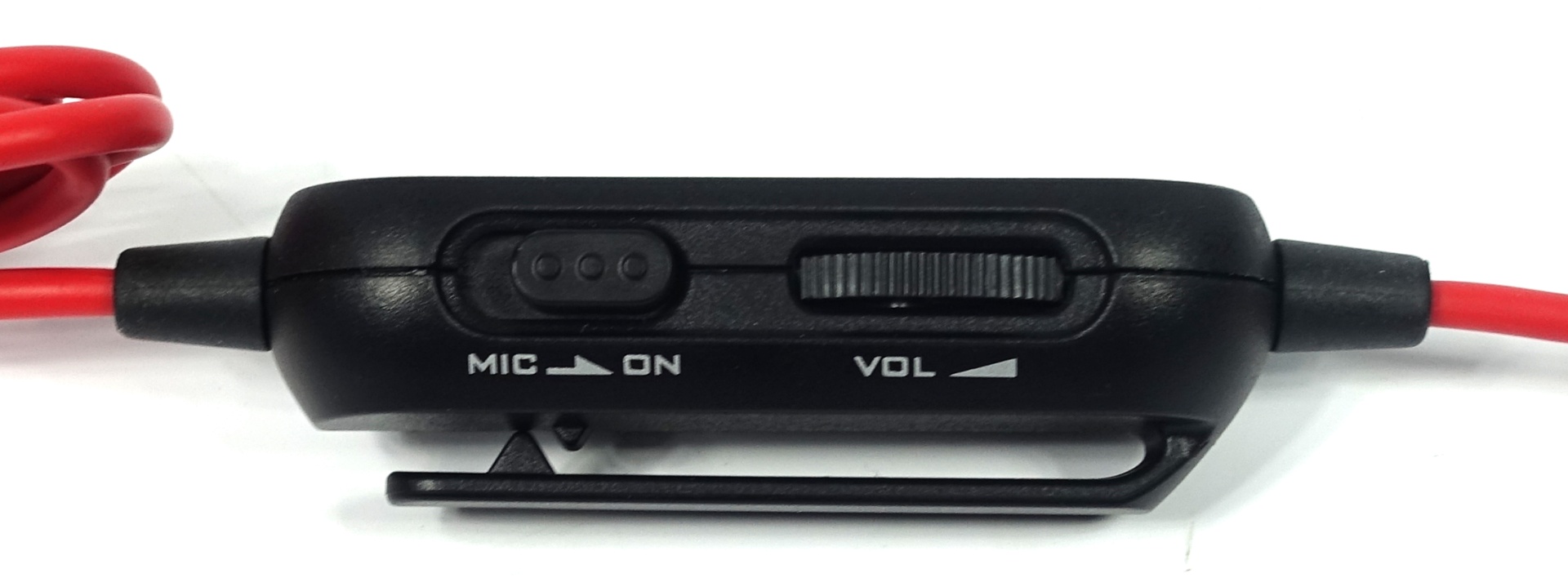
Conveniently, the ear shells themselves rotate vertically and can even be folded by 90 degrees. This means the ~5cm-high headset fits into almost any flat bag.
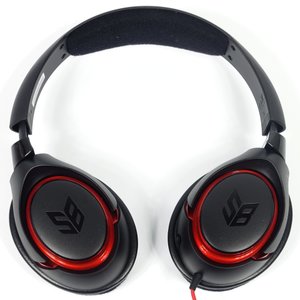
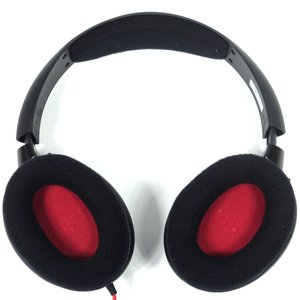
Microphone
The omnidirectional microphone is detachable, which makes it easy to transport whenever space is an issue. The plug connection is secure and easy to find thanks to its tactile properties.

A low cut at ~100 Hz works quite well. Wind and blowing noises are hardly noticeable, while the intelligibility of voices is good. However, a high cut at 8 to 10 kHz would have had additional advantages, since the frequency range above that threshold isn't needed for vocal reproduction. Noise from the electret solution is kept under control, but still certainly present.
Measurements And Sound-Check
To read about our test methodology in depth, please check out How We Test Gaming Headsets, particularly page 6 where we detail the measurements we take.
Here's where the Inferno does exactly what its name suggests: the acoustic manipulation is quite brutal. Bass and upper-bass, specifically, are extremely overemphasized independent of desirability, personal preference, or necessity.
The curve shows an enormous peak around 80 to 90 Hz, where the sound level is elevated by about 12 dB. Even the subcontra octave is affected by this bump, as we most certainly heard. The lowest bass range is quite audible, which is probably intentional. But overemphasis of the upper-bass range counteracts this advantage in the end. We recommend using an equalizer to soften the range around 64 and 125 Hz. The bass will immediately sound clearer and more differentiated. As a side effect, level stability increases enormously!
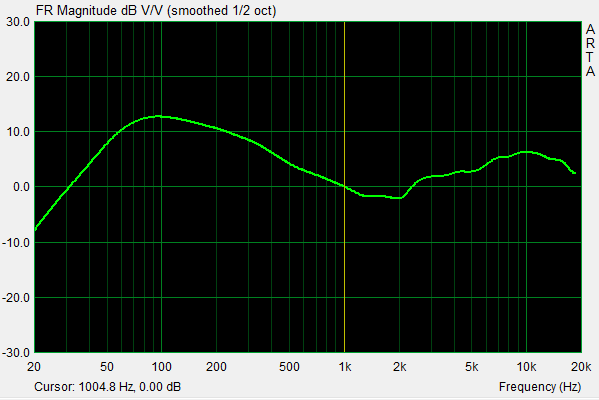
The same applies to the lower mid-range and mid-range itself, where at 250 Hz, for example, the dreaded cardboard sound is produced (that cheap party speaker in a basement effect). As a result, female vocals in particular come out sounding horrible. So do the fundamental ranges of many smaller instruments. Thus, once again, experimenting with the equalizer at 250 and 500 Hz works wonders.
In return, the range between 2 and 3.5 kHz, which is so important to gamers, suffers as the sound level drops without sense or reason. To compensate, the controls at 2 kHz should carefully be raised by a just pinch. It's clearly audible that the sum of these changes increases both spatial location and resolution. The headset isn't particularly accurate in terms of reproduction, but at least our tweaks make it a little bit better.
There's a second peak at ~10 kHz, which is a bit too aggressive. The overemphasis of sibilants, air noises, and (especially in gaming) explosions/gunfire noises is over-the-top and downright annoying. Reducing the 8 kHz level a bit is sure to spare ears and nerves.
The sound engineering is exaggerated, and the amazingly low-playing 40mm drivers are consequently robbed of their (otherwise not too bad) performance by raising the resonance peak to 87 Hz unnecessarily. Without equalizer intervention, this headset booms and hums, rather than playing clean and differentiated bass. Even for gaming, it's too much. We recommend smoothing out peaks up to approximately 1 kHz by means of an equalizer. For anyone entranced by treble, by all means enjoy. Everyone else should dial it back for a more pleasant experience.
Conclusion
For ~$65, this headset is certainly not a bad purchase, even if its thin cable might break sooner or later. Everything else appears to be constructed reasonably well, though the low price sets certain limits on material quality. Fans of extreme bass and treble should be happy right out of the box. Everyone else can work around the Inferno's acoustic engineering by looking at our measurement curve and making equalizer adjustments to compensate. The tweaks are worthwhile for most folks.
This is and will always be a low-cost gaming headset. It's no more and no less. With a little bit of manual intervention, it might be suitable for listening to music on. That ratio between price and performance is more than acceptable, at the end of the day.
MORE: Best Deals
MORE: Best PC Builds
-
jpe1701 Mr. Wallossek, I would really like to see a review for the Turtle beach stealth 350vr, I know they are not great but they are selling for 49.99 now and I picked up a pair for 40 and they seem to work well with my mixed reality headset. I like the sound but I am no audiophile by any means and would like to, through your analysis, see how far off my hearing is. lolReply -
FormatC My problem is always the availability, so I'm sorry. I can only test, what I get and Turtle Beach is here sending samples only for awards. They were pissed on a few years ago to read the truth and it seems, this PR guys changed their sampling phillosophy :DReply